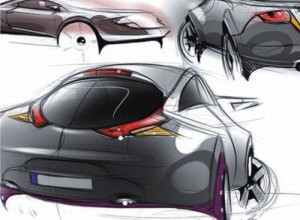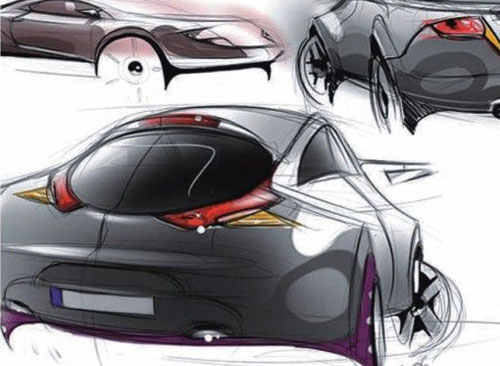By 2016, India will emerge as the destination of choice in Asia for the design & manufacture of automobiles and automotive components. The output of the India’s automotive sector will be € 115 billion by 2016 contributing to 10 % of India’s Gross Domestic Product and providing employment to 25 million persons additionally.
The Automotive Industry
 The automobile industry is growing at a strong pace after its revival post the financial meltdown in 2008. The selling of light and heavy-duty vehicles has been up driven by transformed consumer confidence in the economy and higher spending. Government authorities issue emission standards in order to curb harmful emissions from vehicles, power plants and refineries. The automobile industry is supposed to adhere to the emission standards. To ensure that the vehicles are in compliance with emission standards emission control systems are used. The newer and stricter emission standards require the automobile manufacturers to upgrade their emission control systems continuously in order to remain in compliance. The manufacturers of automotive substrates and filters feel a positive effect on them because of these standards.
The automobile industry is growing at a strong pace after its revival post the financial meltdown in 2008. The selling of light and heavy-duty vehicles has been up driven by transformed consumer confidence in the economy and higher spending. Government authorities issue emission standards in order to curb harmful emissions from vehicles, power plants and refineries. The automobile industry is supposed to adhere to the emission standards. To ensure that the vehicles are in compliance with emission standards emission control systems are used. The newer and stricter emission standards require the automobile manufacturers to upgrade their emission control systems continuously in order to remain in compliance. The manufacturers of automotive substrates and filters feel a positive effect on them because of these standards.
India presently follows Bharat Stage III standard, which is along the Euro III standard, for both light and heavy-duty vehicles. The Bharat IV standard, which is along the Euro IV standard, is at present being followed in select cities, but will be implemented across the country by 2015.
These standards have opened up numerous opportunities for people with an automobile engineering, mechanical engineering and technical diplomas in these areas. Mechanical / electronics / electrical engineers and those specializing in automobile engineering are involved in the assembly, testing, design, servicing and even marketing aspects of the automobile industry. Students of mechanical engineering can also opt for automobile engineering as an optional subject in many engineering colleges. The automobile industry is the barometer of the economic and social changes taking place in the country. It is one of the major sources of employment and is likely to create employment for thousands of new hands directly and indirectly, in near future.
Automotive design course at CADD Centre
This course fires up the interest in automotive body design while introducing to all stages of designing automobiles, architecture of automotive body and the graphical representation of the body parts using software. The objective of the course is to train you in designing primary body parts – body shell, body components, and body interior components of commercial and industrial vehicles. Automotive design course is basically concerned with developing the visual appearance or aesthetics of the vehicle. It is practiced by designers who usually have an art background and a degree in industrial design or transportation design. Along with the basics of automotive design, functional design and positioning; vehicle packaging; all about chassis and bodies the learners get introduced to automotive styling and learn how to build and control simple and complex geometry; CV sculpting method; CLASS A surfacing; surface conversion to other CAD; surface evaluation; and show room rendering. It is ideally suited for B.E. / B.Tech Mechanical students in the year (3rd/Final year), B.E. / B.Tech Automobile students in the year (3rd/Final year), M.E / M.Tech / M.S students in Design / CAD CAM/ Automobile, Professionals working in automotive design. For more details please visit www.iidesign.co.in
